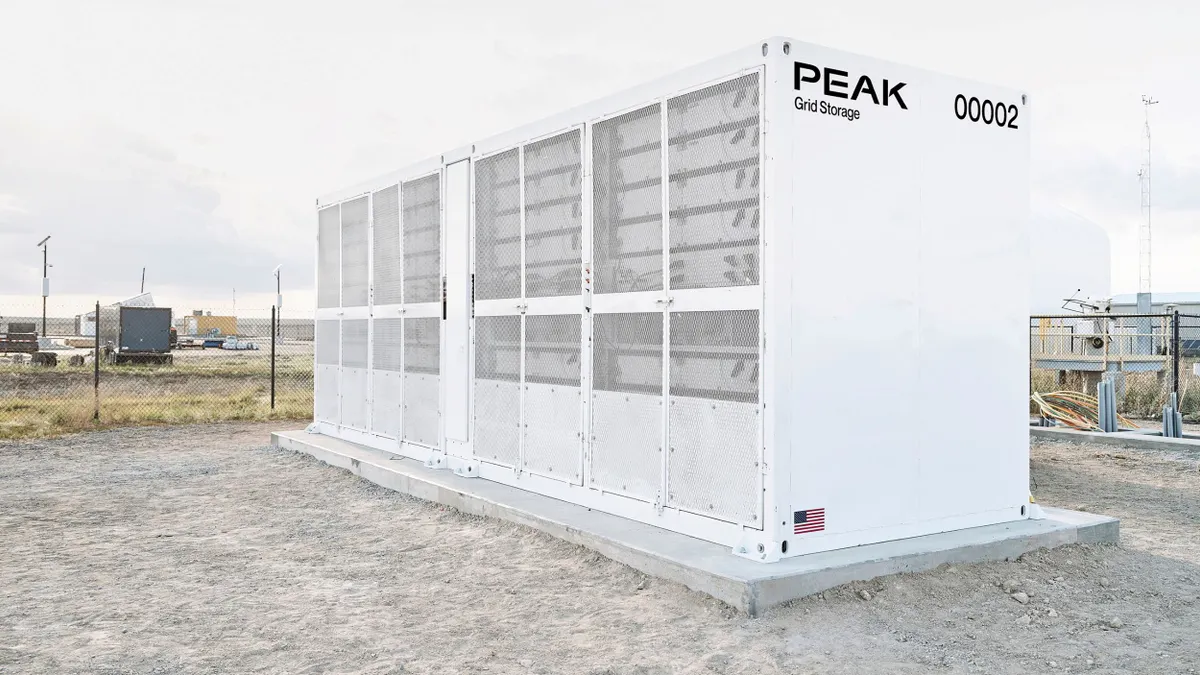Dive Brief:
- The U.S. Energy Information Administration (EIA) recently began collecting data on the cost to construct electric power generators, showing gas capacity to be the cheapest widely-used generation and wind to be the least-expensive renewable resource.
- In 2013, the first year for which the agency collected data, natural gas generation on a capacity-weighted basis averaged $965/kW, compared with $1,895/kW for wind and $3,705/kW for solar.
- More than 7,400 MW of gas capacity was added that year, compared with 2,600 MW of solar and 860 MW of wind.
Dive Insight:
EIA's data on construction costs does not paint a complete picture — utilization rates, subsidies and fuel costs are also a big part of plant operations — but the numbers help illustrate natural gas' recent dominance and the extent to which solar may still lag the cost of wind.
"Construction costs alone do not tell the full story of the relative economics of each electricity generation technology," EIA noted.
But even while natural gas enjoys an advantage today due to historically-low commodity prices, EIA's data shows the plants are also among the cheapest to construct. Only plants fueled by petroleum liquids are less expensive, and there was only 71 MW installed in 2013.
Within gas generators, combustion turbines are cheaper to construct compared with combined-cycle facilities. There were 3,745 MW of combustion turbine generation installed in 2013 at a cost of $728/kW; the plants are typically used for peaking generation. Combined cycle plants cost $1,110/kW; typically used for baseload supply, there were 3,587 MW installed that year.
"For fuel-consuming electricity generation technologies, fuel costs often make up a substantial portion of the plant's total costs. For nonfuel-consuming technologies such as wind and solar plants, the initial construction cost constitutes most of the plant's total costs," EIA noted. "In addition, federal, state, and local programs may provide incentives to lower the cost of certain technologies. Finally, different types of plants often run at different utilization rates, which affects the relative economics of generation technologies. As costs, market conditions, and government policies have drastically changed over the years, so has the pattern of capacity additions."
EIA said it would publish data on 2014 costs in August, and 2015 data should be available in October.
"Industry reports and other EIA publications have included various estimates of electricity generation technology capital costs, but this is the first time EIA has collected and reported actual construction costs, which include capital and financing costs, for all new generators," the agency said.
The cost data excludes government grants, tax benefits, or other incentives, EIA said.














